With insights from original, multinational research and analysis of key social science studies, this paper...


With insights from original, multinational research and analysis of key social science studies, this paper...
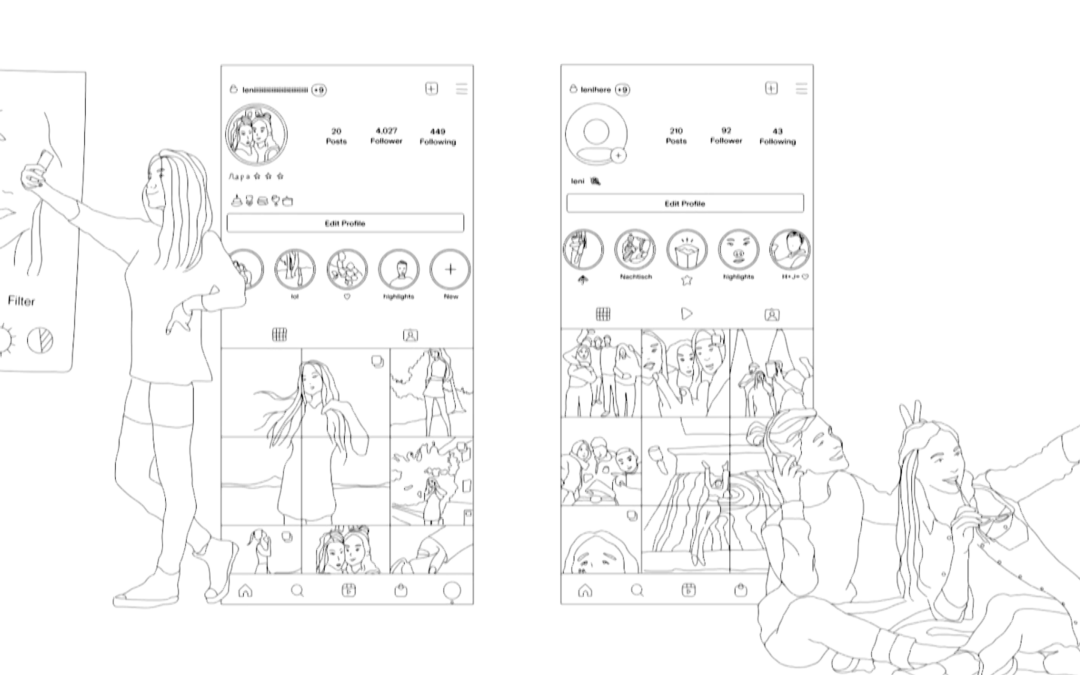
Virtual worlds have been central to an imagined future in which advances in technology propel new social practices. The recent focus within the technology industry on the “metaverse” is the latest iteration of...
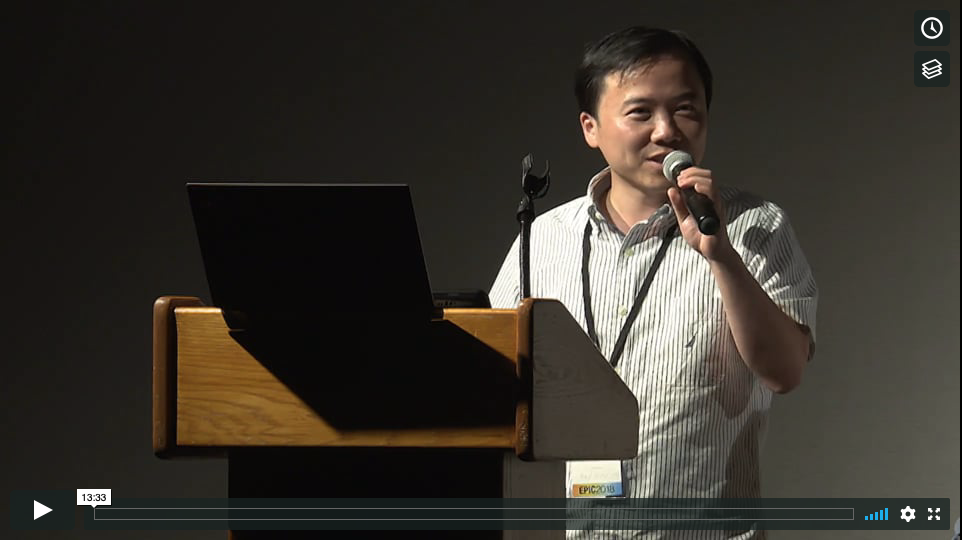
For its volume, velocity, and variety (the 3 Vs), big data has been ever more widely used for decision-making and knowledge discovery in various sectors of contemporary society. Since recently, a major challenge increasingly recognized in big data processing is the issue of data quality, or the...

This work demonstrates how and why the expertise of non-medical actors, such as patients, caregivers, and...

This paper describes the results of a multi-year ethnographic study of how knowledge workers integrate new technology into their work practices. We studied mobile and remote workers who use smartphones, tablets, cloud computing, and social networking to support their work. Study findings describe...
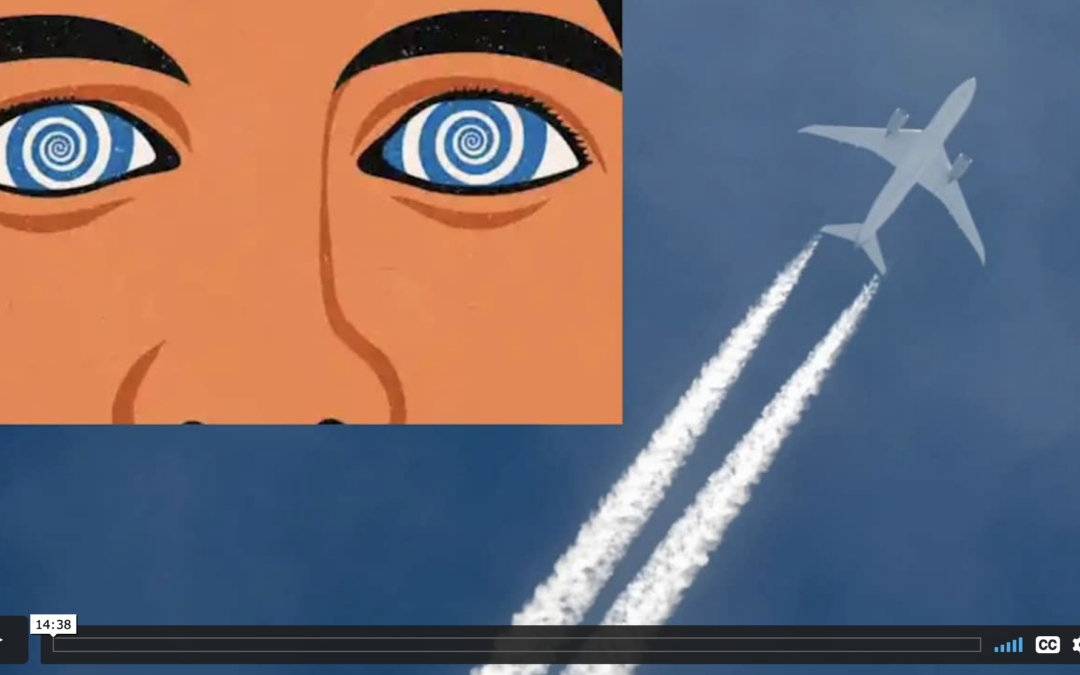
This 2019 project conducted in the US and the UK sought to understand which conspiracy theories are harmful and which are benign, with an eye towards finding ways to combat disinformation and extremism. This case study demonstrates how ethnographic methods led to insights on what “triggered”...
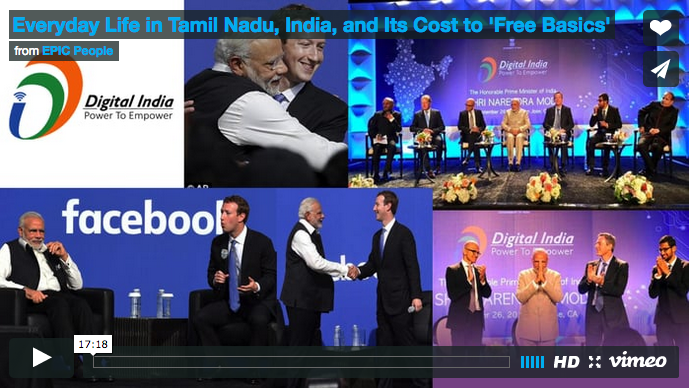
This paper explores how the ‘Free Basics’ initiative in India got transformed into a national debate on ‘net neutrality’ principle and finally led to it being banned in India. Further, this paper will also use ethnographic data to analyse how this ‘controversial’ initiative was debated, the claims...

Crisis events can profoundly alter a person's relationship with technology that require product solutions to meet...

This paper presents a study of new technologies potentially enabling access to a sensory feast of places by ‘wired up’ flanêurs, real-time as well as remote ‘native’ description and interactions and situated oral histories excavated through ‘being in a place’. We describe an inter-disciplinary...
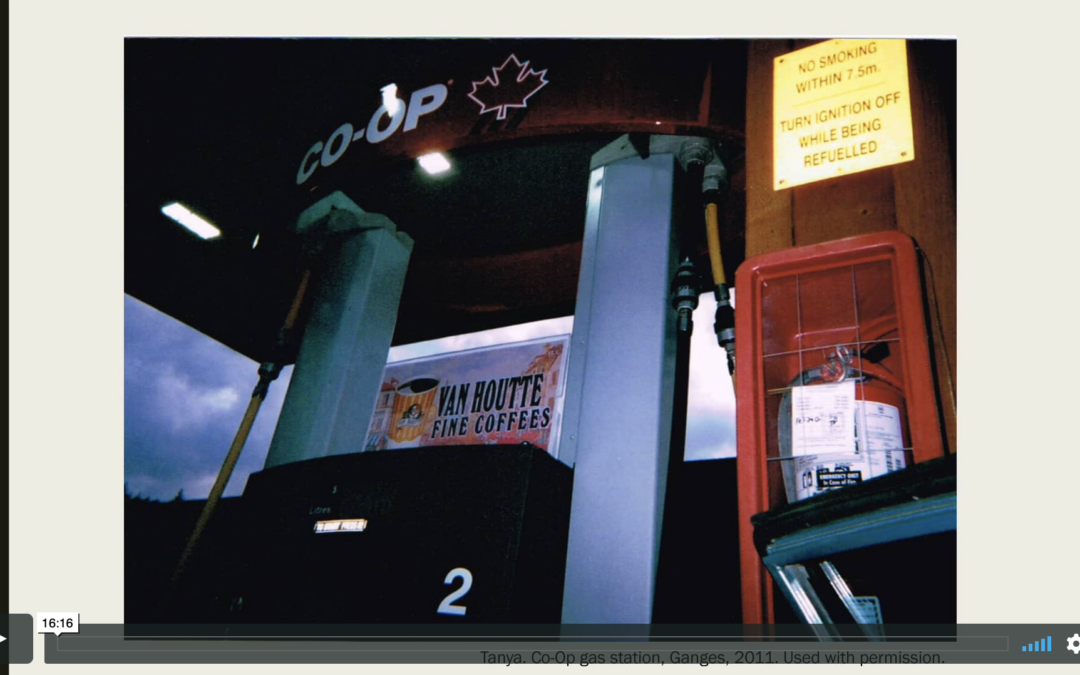
This paper discusses the benefits and challenges of participatory photography as ethnographic evidence and how as researchers we can “read” the evidence our participants create. Drawing on examples from an ethnographic study examining concepts and constructions of community on Salt Spring Island,...